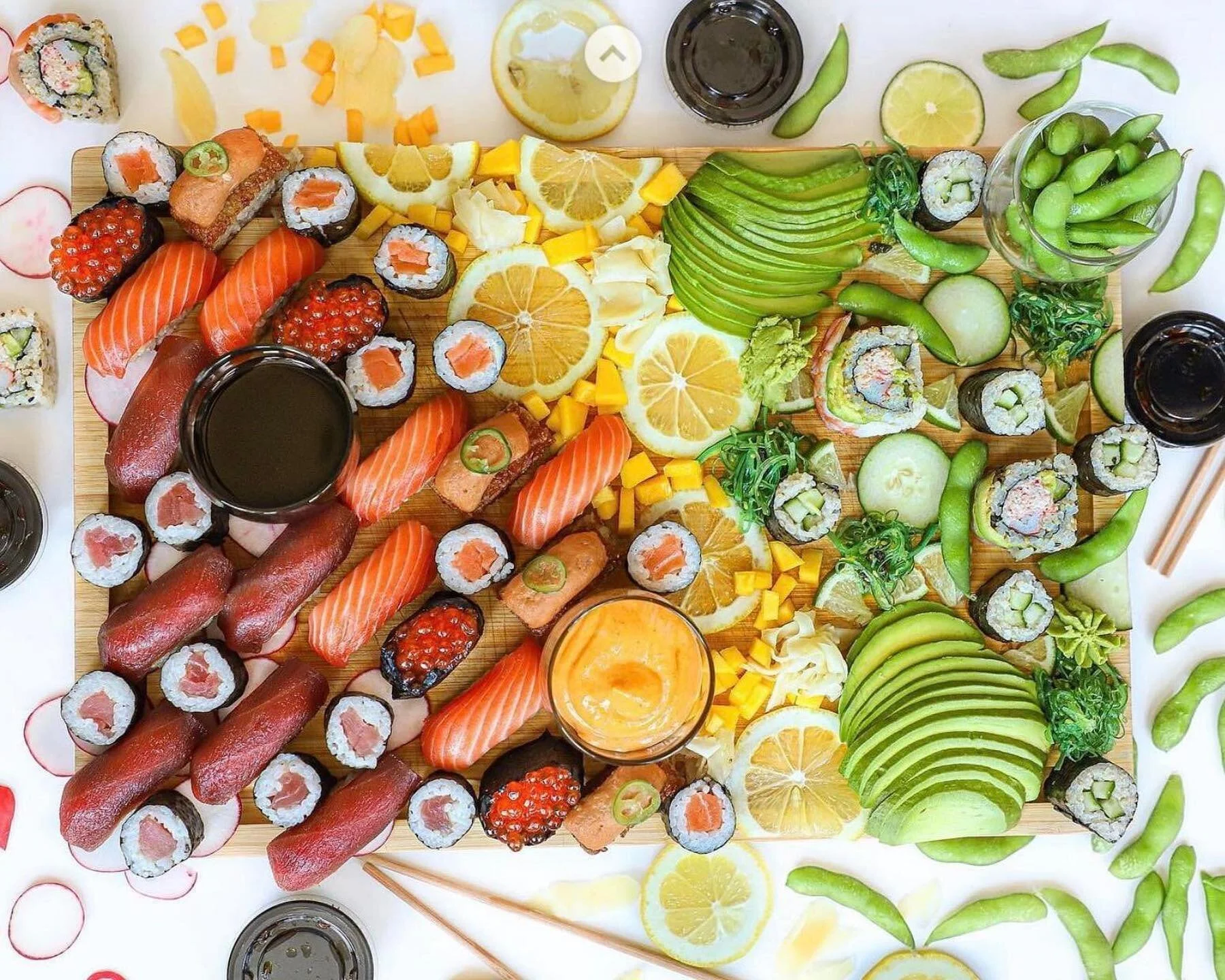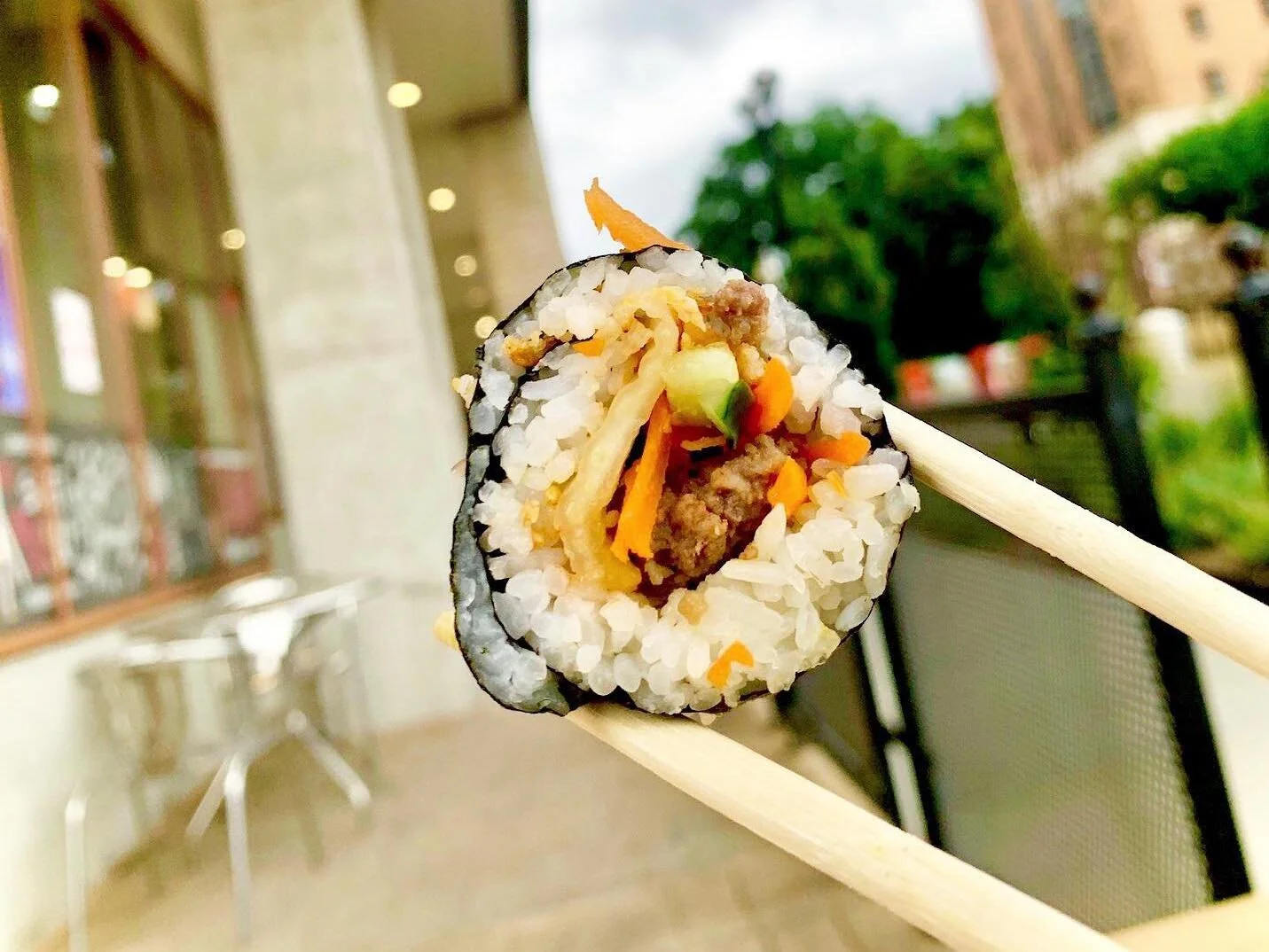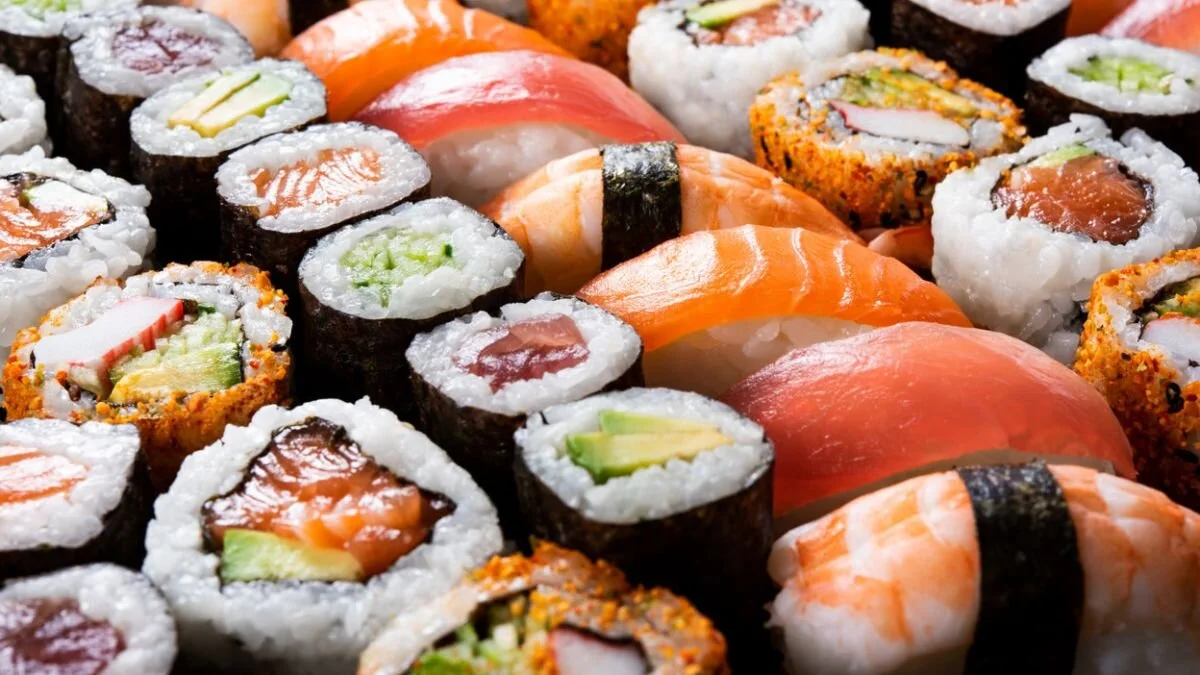Sushi has been a popular dish in the United States since the 1960s, taking off when the California roll was invented in, well, California. Chefs created this roll to appeal to Americans who were iffy about eating wraps covered in seaweed (nori) or raw fish.
Today, Americans are generally more adventurous. But many of us don't know the dos and don'ts of eating sushi.
Here are some tips for how to eat sushi as if you've been eating it your whole life.
Sushi Etiquette
Does All Sushi Have Raw Fish?
Not all sushi has raw fish. In fact, "sushi" actually refers to the type of rice the chefs use.
Sushi dishes may contain cooked fish, cucumber, avocado, and a variety of other ingredients.
Do I Use Chopsticks to Eat Sushi?
You don't use chopsticks for most sushi—it's considered finger food. Sashimi is the exception.
While sushi chefs generally prefer people to use their fingers, they understand that people have different comfort levels, and they won't get upset if patrons use chopsticks. Whatever you do, just don't use a fork.
Should I Use Soy Sauce on Sushi?
The use of soy sauce is a personal preference. We highly recommend tasting your sushi before adding soy sauce. However, sushi restaurants wouldn't provide soy sauce if they didn't want you to have the option.
Don't put soy sauce directly on the rice, and never dunk your food fully into the sauce or pour soy sauce over your meal. These choices could affect the balance of flavors and could cause the roll or nigiri to come apart.
What Do I Do With the Wasabi and Ginger?
The wasabi adds a kick to your dish, while the ginger (gari) is a palate cleanser.
Put wasabi directly onto your fish using your fingers or chopsticks. Just don't touch your eye if you use your fingers, or you’ll regret it.
While you can use soy sauce with your wasabi, it’s considered bad form to mix wasabi directly into soy sauce. Instead, add these condiments separately.
Gari should be eaten between different types of sushi so you can better enjoy the next one. You can use chopsticks when enjoying gari, but don't put the ginger on your food or mix it with your soy sauce.
How Do I Eat Sashimi?
Sashimi, which is thinly sliced raw fish with no rice or other flavors, is eaten with chopsticks.
Put a dab of wasabi on the center of the fish, use chopsticks to lightly dip your fish into the soy sauce, and enjoy!
How Do I Eat Sushi Rolls?
How you eat sushi rolls depends on the type of roll you have. In all cases, though, it's best to eat with your hands.
Additionally, you should try to pop the whole piece into your mouth at once. However, with large rolls, a bite or two is acceptable.
Traditional rolls (maki) have seaweed (nori) outside the rice, which surrounds one other ingredient. If you want to use soy sauce and wasabi when there's rice on the outside of your roll (uramaki), it's best to put the wasabi on first. Then lightly touch the rice to the soy sauce and eat the roll quickly.
When you order a roll that already has sauce on it, don't add wasabi or soy sauce. The flavors are already balanced.
How Do I Eat Nigiri?
Nigiri, an oblong rice ball with fish on top, should be eaten whole. If you can't do that, it is acceptable to bite it in half.
Hold nigiri gently, with your thumb on one side, middle finger on the other, and pointer finger on top (touching the fish).
If you want to add soy sauce, don't dunk the nigiri. Flip it over and lightly touch one end of your fish to the soy sauce.
Nigiri often already has wasabi in it. Perhaps try a piece to determine whether it already has enough spice before deciding to add wasabi. To add wasabi, put a tiny dab on top of the fish.
Conclusion
As with most other types of food, there are expectations for how you eat sushi. Remember not to overdo it on soy sauce. Too much soy sauce can result in a disintegrated piece of sushi or an imbalance of flavor.
If you're ever unsure of etiquette or what a word on the menu means, ask your server or the chef. They'll be happy to help!
Order sushi for delivery or takeout from a restaurant near you at www.menufy.com.
ABOUT THE AUTHOR
Melissa Dimmitt, Marketing Communications Coordinator
Melissa began her digital marketing career nearly a decade ago at a restaurant group. She worked with restaurant managers and executive chefs while coordinating seasonal menu releases, executing photoshoots, and creating fresh digital content.





